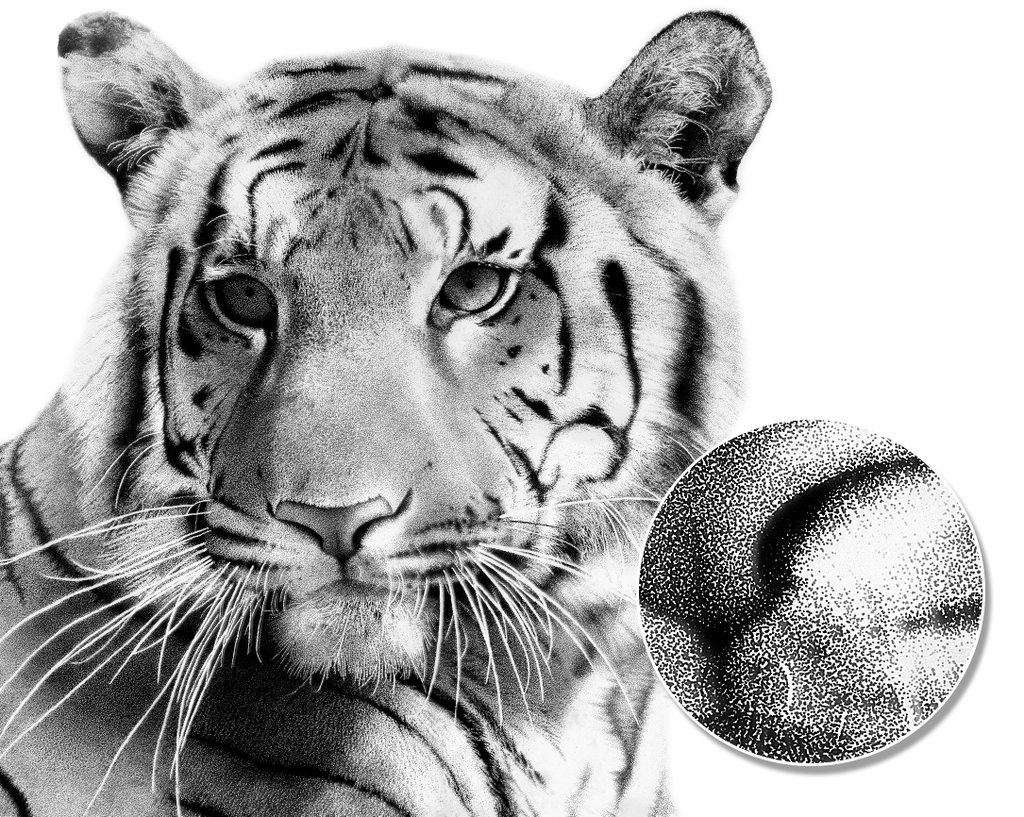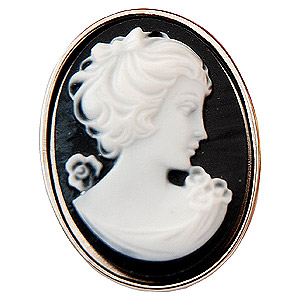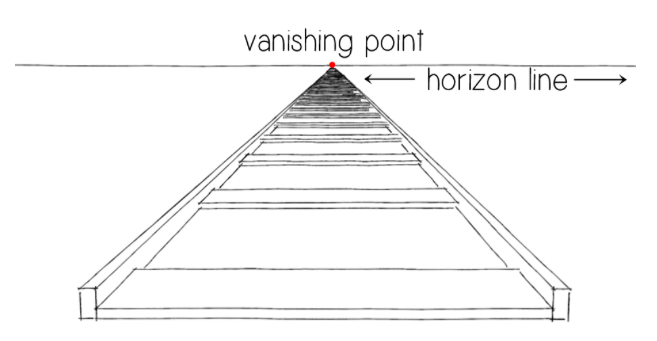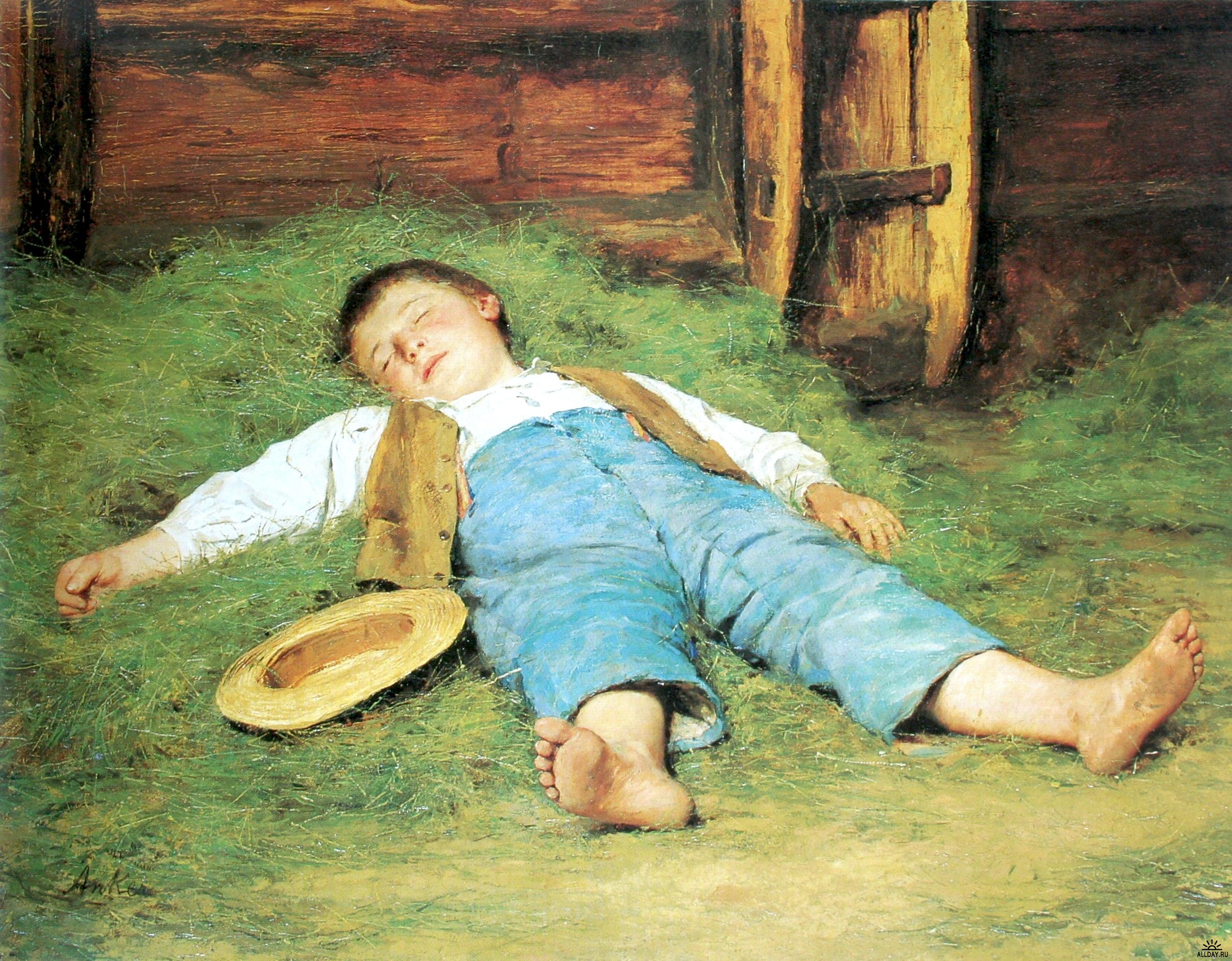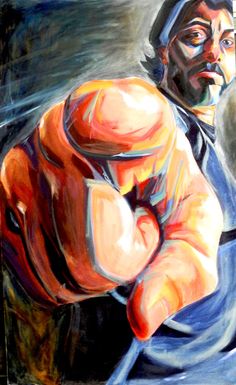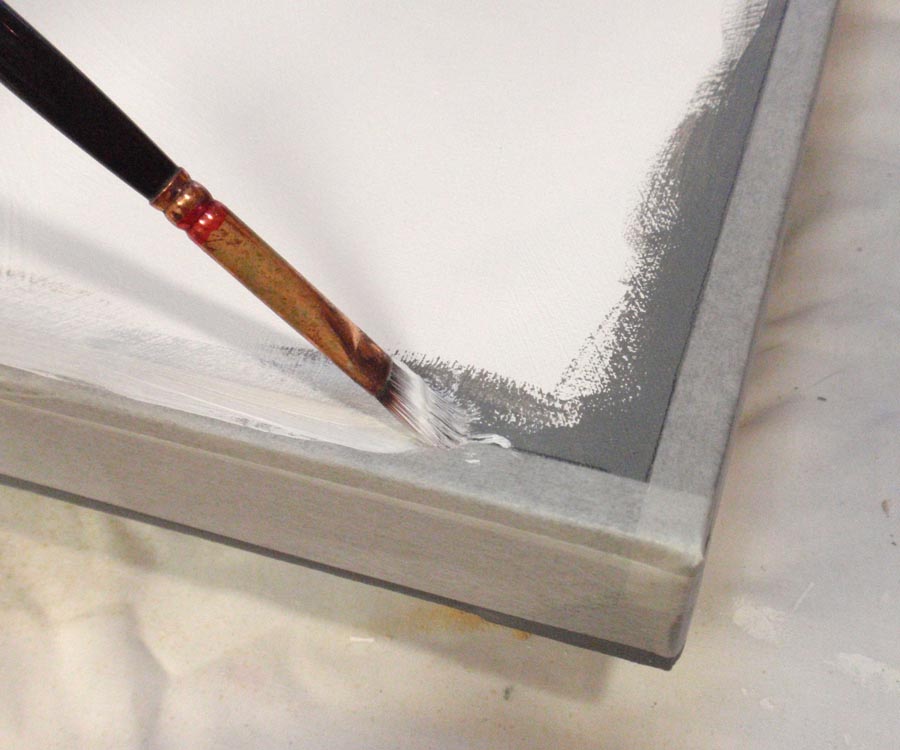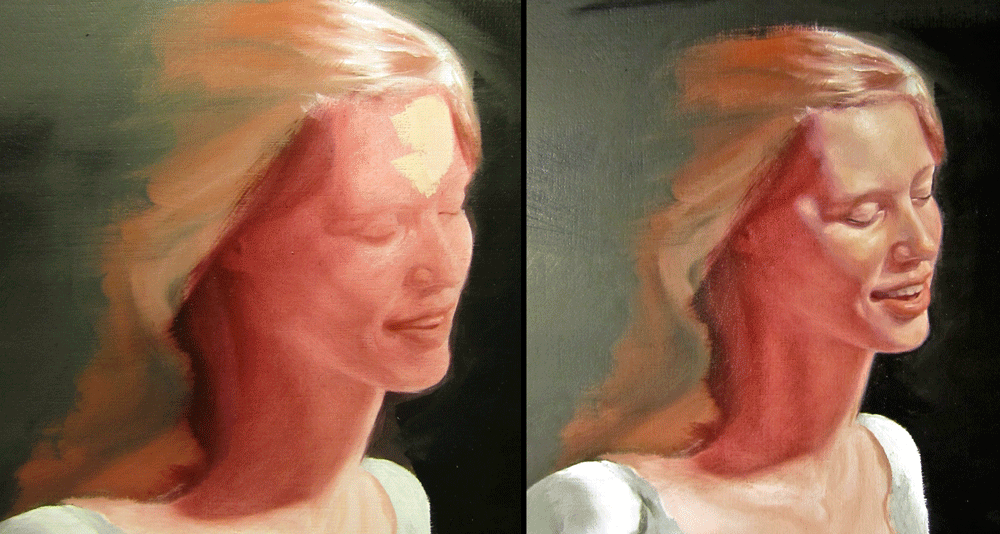1. Iconography
In any painting, the process of identifying people and things and also understanding the symbolic use of each object is collectively called as iconography of a painting.
Any individual painting’s iconography is, obviously, very important to find out the included people’s identity and the intentions of object’s use in the scene. It also helps to understand the people and society’s beliefs during any contemporary times.
Iconography isn’t only about the naming of characters and things. Apart from the basic identifications of characters and things, iconography is much more about finding out the symbolic meanings of things, the hidden symbolism of the art if the artists included something like that and finding out the connection of the painting with other historical things which relates to the subject of the painting. It also searches for the information of the models used for any particular art-works or artist’s intentions during the creation of the art-work.
Thus, in broader sense, iconography is about finding out any types of information related to a painting from history books, symbolic meanings or from a genealogy of a living person.
Here is represented the basic iconography of The Last Supper by Leonardo da Vinci. If you want an example of a complex iconography of the painting, you can read The da Vinci code, in which the characters ‘deciphers the secrets’ from the painting and whole plot of the story is based around it. Robert Langdon was, actually, doing iconography of the painting, regardless true or false.
2. Skiagraphia (shadow painting)
Skiagraphis is the earlier version of Chiaroscuro.
The renaissance painter Caravaggio invented the style of Tenebrism, a more dramatic style of Chiaroscuro, during 16th century. But, the chiaroscuro itself is said to be the developed version of Skiagraphia which was firstly invented by the 5th century BC Greek painter Apollodorus Skiagraphos. His last name means The Shadow Painter, which was given by the Greek historians for his invention of Skiagraphia.
Just like the chiaroscuro, Skiagraphia also played with the effects of light and dark in paintings. Its use enhanced the modeling of the characters in the painting. Thus, the impact of Skiagraphia was seminal to the next generations. The name Skiagraphia literally means shadow painting.
3. Stippling
Stippling is very much similar to painting style pointillism but has its own properties which distinct it from it too.
Pointillism is about using small dots of colors to produce a new hue from certain distance. It relies on the color combination and viewer’s perspective. It is purely artistic.
On the other hand, stippling is produced by artist and is also available in nature because of its simple and raw format of creation. It is found in some flowers and leaves.
Mono-color dots placed next to each other with varying density to produce an art, design or pattern is stippling. The rule of mono-color isn’t necessarily followed but its distinctive feature from pointillism is about the emphasis on the smart use of the density of the dots instead of the color variations. The varying degree of density creates the different hues of black and white colors. There are also special stippling brushes available.
Here is an example of stippling by an artist.
4. Cameo (Carving)
Origin of the term cameo appearance in movies is derived from this Cameo.
Cameo is a style of carving more resembling to the relief. The pattern, design or figures are engraved on special stones, shells or such materials instead of pieces of wood or stone. Cameos also distinct from relief at the colors. The carved out patterns of the cameo mostly has the contrasting colors of its background. Such cameo works are precious as there is much less production of them than the paintings and other art forms due to the use of precious stones.
People used to wear cameo stones on the collars during 18th century. While cameos on shells were already created during the renaissance.
Maybe the relation of Cameo and cameo appearance is in the character’s contrasting appearance in the, otherwise, flawless story. Such special appearance leaves special mark on the viewers.
5. Grisaille, Brunaille and Verdaille
Grisaille is a monochrome painting technique which uses the different shades of grey color to create the painting.
The use of such monochrome art is said started from 12th century when the stained glasses were popular. Such glasses for churches were often decorated with a monochrome painting. Such easy, faster and cheaper technique than the full oil paintings, was also popular to be used as an underpainting or sometimes, artists would create a grisaille as a reference for engravers. Many a times, the final versions of art works were deliberately created in the style of Grisaille to generate a special effect or to match with the art with environment where it was intended to put.
Brunaille and Verdaille are just the different names of the same technique differentiating by just the colors used. Brunaille is the name for such paintings created with brown color while Verdaille paintings are created with more than fifty shades of green.
6. Intaglio
Intaglio is another technique of carving and from the relief and Cameos it differs very little. Three of them fall under same umbrella in the art techniques.
The differentiating features of an Intaglio in jewelry are that carving mostly happens on a gem stone or such precious stones. Another feature of intaglio is that the final output of the carving makes the whole design look sunk in the surface of the stone instead of the carving the design out which happens in the technique of high relief. Intaglio in sculptures’ context is actually the Sunk relief. Print-making uses the same ‘carved in’ stones and wood panels to produce a print.
 7. Vanishing Point
7. Vanishing Point
Vanishing point is the point of interest where all the imaginary or apparent lines in a picture, painting or in a real scene ends or comes together. In that point the lines vanishes and either seems to go further in infinity or ended at that point. It is similar to railway tracks which appears conjoined if viewed from far and from a perfect angle.
The imaginary lines which ends at the vanishing point forms the perspective of any view-angle. In the picture above, both tracks are the apparent perspective lines in the scene which directs the viewer’s eyes to the vanishing point.
Vanishing point theory has become an important technique in photography, videography and also in paintings. In painting, techniques like vanishing point, perspective and foreshortening brought massive changes in the way artists depicted the scenes. One of the earliest uses of such technique could be scene in Delivery of the Keys by Perugino.
8. Foreshortening
Due to the consequent evolution some painting techniques have become so fundamental that we can’t imagine paintings without such basic techniques. Foreshortening is one of them.
When a scene is rendered from a perspective or angel which represents the length of the object shorter, longer, bigger, smaller or distorted in any way than the real proportions, it is called foreshortening. It mostly happens in the paintings which attempt to represent three dimensional objects in two dimension mediums.
First Painting is a fine example of foreshortening technique. Boy’s legs looks shorter than their actual length due to the angel the artist has chosen to depict the scene. This type of foreshortening is called Oblique projection technique.
Sometimes, the objects are distorted out of their real proportions. That type of foreshortening is called perspective foreshortening. The second image is of that type.
9. Gesso
Gesso is a layer of white pigment applied on rigid, uneven surfaces of a wooden panel or canvases as primary layer to make the canvas ready for the final colors. Gesso is also used to smooth the surface and give the artist a flat surface to work upon. It is near to today’s plaster of Paris used in modern houses.
Gesso is used from old times around renaissance in paintings and also in sculptures.
(Image from www.celebratingcolor.com)
10. Dead Coloring or Underpainting
Aforementioned techniques, Grisaille, brunaille and verdaille are the branches of underpainting or sometimes refered as dead Coloring. A major difference of Underpainting from them is that it isn’t monochrome.
Underpaitnign, is the initial layer of colors (not necessarily monochrome, which is the case of Graisaille, brunaille and Verdaille) eventually helping to understand the subsequent layering of colors. Underpaitnng hides in background at the final stage. Its intention is to provide the painter an idea about the necessity of color intensity in various places in paintings and also provide a pre-look of the final version. It’s the initial stage of overpainting.
(Image from kmfineart.blogspot.in)
Image on the left is the primitive stage of applying colors to get an idea of the final colors. The face in the image on the right is the finished work with overpainting.
Jargons of the Art-world Part 6 finishes here. Here are the links for other parts of the series: part 1, part 2, part 3, part 4, part 5, and part 7.



